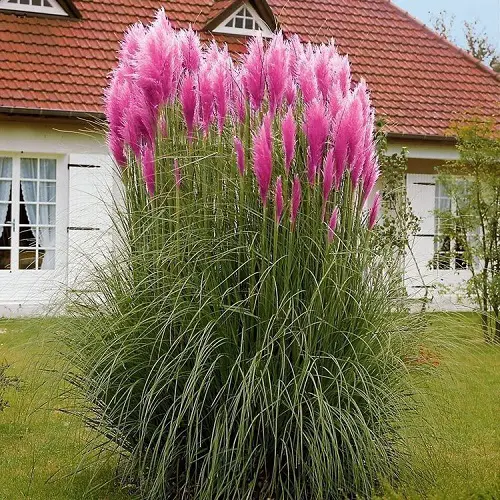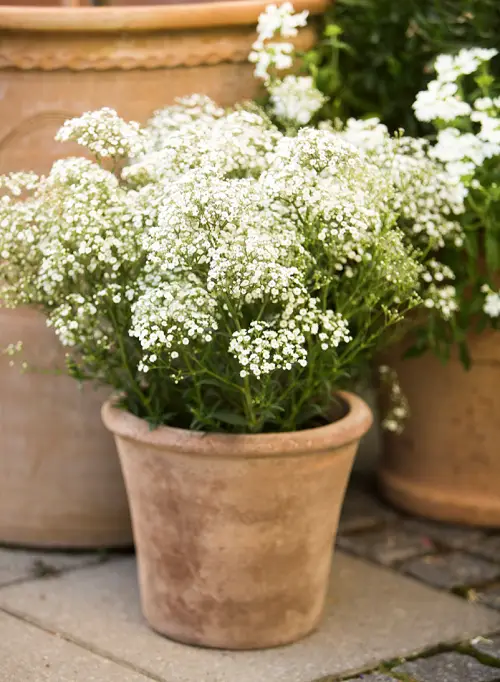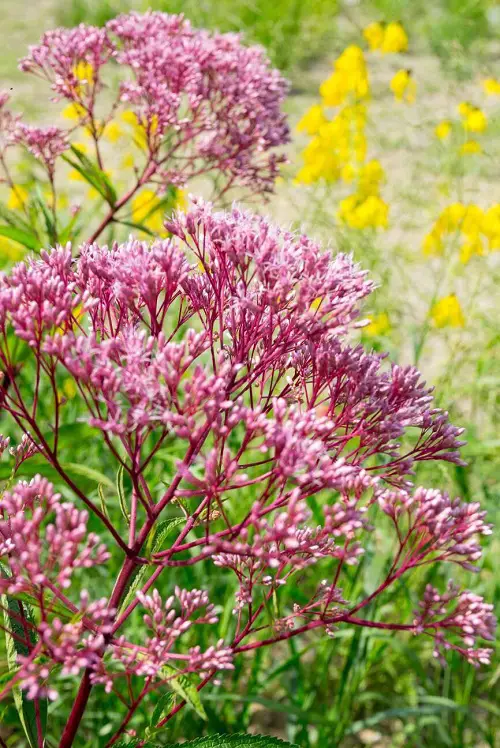These Flowers That Look Like Cotton Candy can tempt anyone to go ahead and pick them up for a tasty snack!
The cotton candy-like flowers not only create a magical effect in your garden but also attract beneficial pollinators!
Flowers That Look Like Cotton Candy
1. Muhly Grass
Botanical Name: Muhlenbergia capillaris
This perennial ornamental grass, which resembles pink cotton candy, features delicate, hair-like flowers, making it a center of attraction. Spring or fall is the best time to start this plant anew.
2. Pink Pampas Grass
Botanical Name: Cortaderia selloana
Take a look at the large, feathery plumes of this plant. Doesn’t it resemble cotton candy? These tall ornamental grasses are perfect to be used as a backdrop but be aware of their invasive nature.
3. Smoke Bush
Botanical Name: Cotinus coggygria
This deciduous shrub or small tree has clusters of smoke-like plumes in shades of pink and purple that give it a cotton candy look. Smoke Bush is best used as a large accent plant, single specimen, or grown in masses.
4. False Spirea
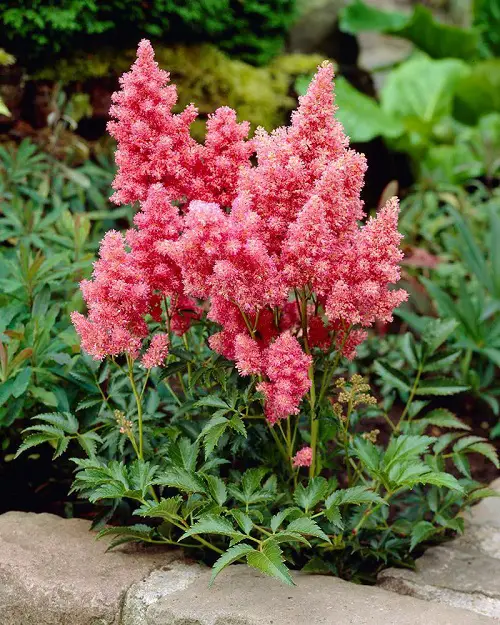
Botanical Name: Astilbe
These small flowering plants, which grow in various colors, also bring to mind cotton candy when observed. Deer-resistant and semi-shade-loving, this perennial blooms from late spring to late summer.
5. Baby’s Breath
Botanical Name: Gypsophila
These attractive flowering ground covers are quite popular in floral arrangements and also have a light cotton candy-like appearance. Blooming from late spring or summer, this deer-resistant plant are common along roadside, fields, and sandy areas.
6. Joe Pye Weed
Botanical Name: Eutrochium purpureum
Joe Pye Weed is a herbaceous perennial that features dense clusters of tiny, fluffy pink flowers that can resemble cotton candy. This plant is attractive to butterflies and bees due to its vanilla-like scent and is important for the production of honey.
7. Meadowsweet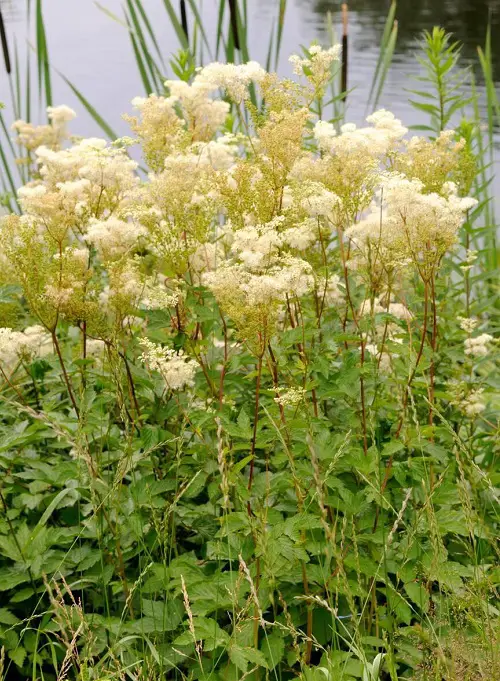
Botanical Name: Filipendula ulmaria
Native to Europe and parts of Asia, meadowsweet produces clusters of tiny, fluffy flowers that can look like cotton candy, particularly in shades of pink. It can be found growing in damp environments and on riverbanks too.



